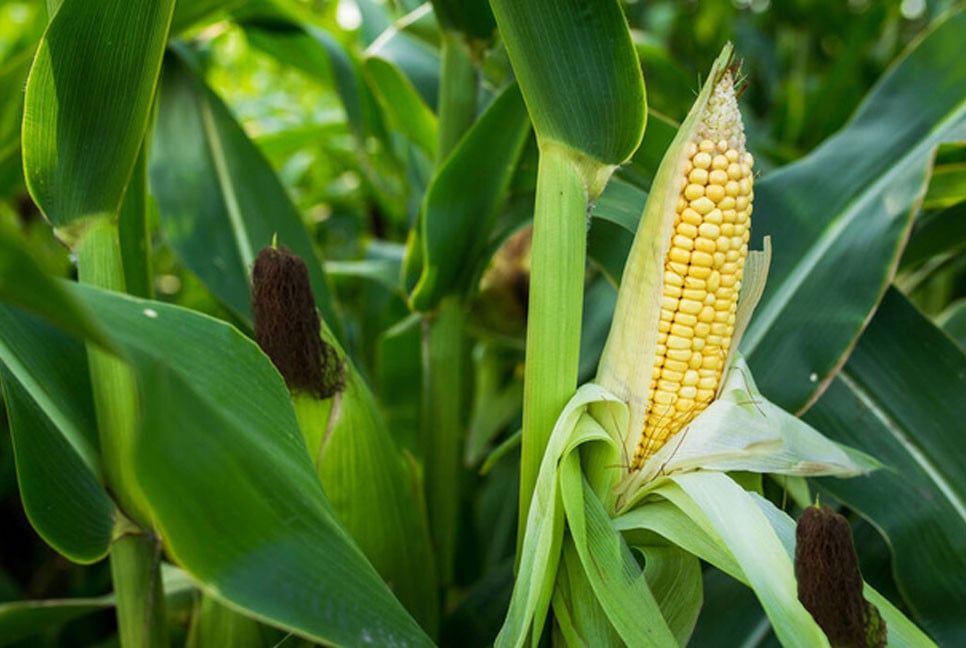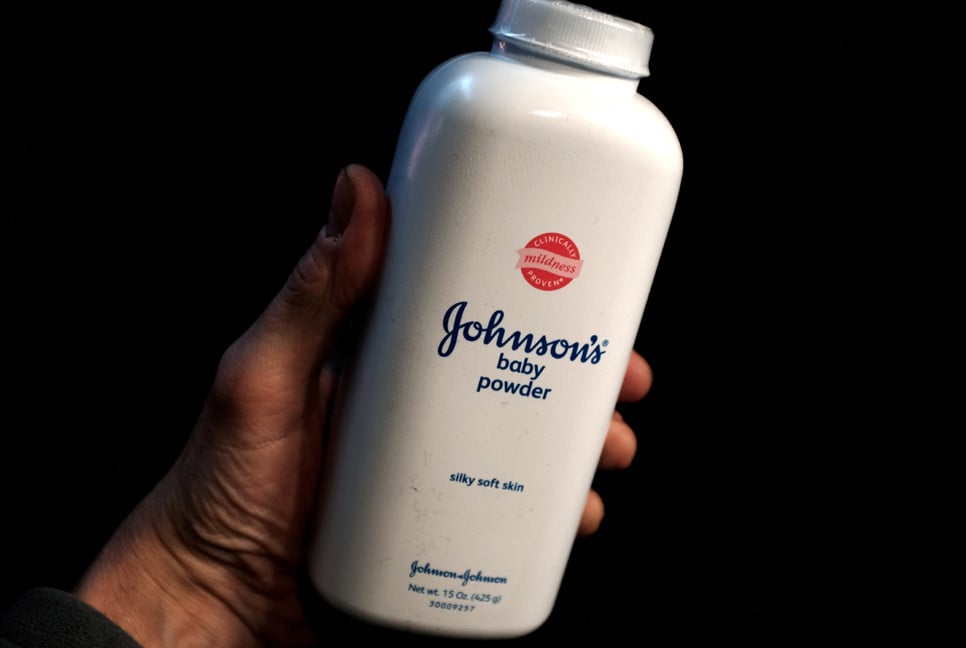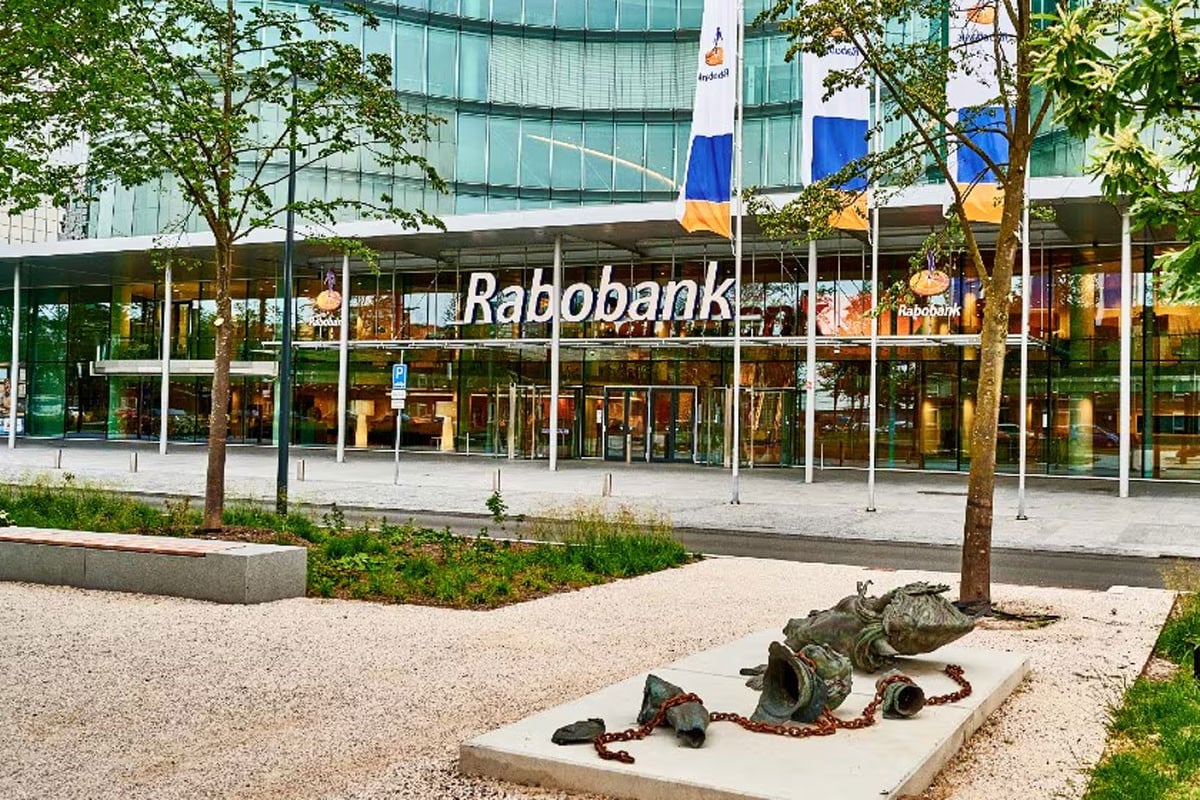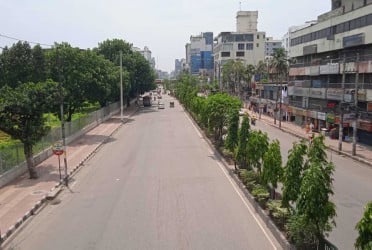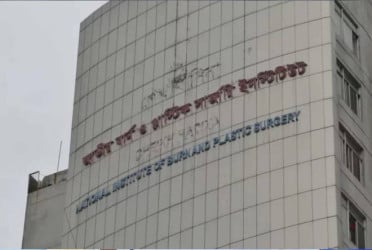Sweet corn cultivation in Bangladesh is emerging as a lucrative alternative for farmers seeking higher profits, shorter harvest cycles, and a reliable market. The success of farmers like Sohel Rana in Ranisankail illustrates the potential of this crop to revolutionise local agriculture.
Unlike traditional maize, sweet corn matures within just 90 days, allowing for quick returns. For instance, one farmer’s first harvest on 10 decimals of land yielded 30 maunds (approximately 1,100 kg). With Spain Bangladesh Agro Industries Limited directly purchasing the crop at a fixed rate, farmers bypass the usual challenges of fluctuating market prices and middlemen. Profits with minimal input costs highlight the crop’s viability.
The increasing interest among farmers stems not only from financial incentives but also from the ease of cultivation and reliable demand. Traditional crops often require long growth periods and uncertain market conditions, but sweet corn offers a stable alternative. With proper guidance from agricultural authorities and corporate partnerships, farmers can scale up production, ensuring sustainable income.
The demand for maize in Bangladesh is skyrocketing due to its extensive use in the feed and food-processing industries. According to the Bangladesh Bureau of Statistics (BBS), maize production reached an all-time high of 4.55 million tonnes in the last financial year, cultivated over 0.5 million hectares across both winter and summer seasons. However, local production still falls short, leading to large-scale imports to meet the annual demand of 6.0-6.5 million tonnes.
The Department of Agricultural Extension (DAE) has set an ambitious target of harvesting 5.81 million tonnes this year, with farmers already exceeding initial planting expectations. Experts highlight maize's profitability, with production offering a minimum 60% profit margin. Many farmers have shifted from potato, vegetables, and even rice to maize cultivation, particularly in the northern, northwestern, southwestern, and central regions.
The expansion of maize farming has been driven by high market prices, with maize currently selling at over Tk 34 per kg. More than half of the locally grown maize is used in poultry feed, while other significant portions serve the animal and fish feed industries. Additionally, maize silage is becoming increasingly popular as a cost-effective alternative to grain feed, reducing overall feed costs by up to 30%.
The availability of modern agro-machinery has further encouraged maize cultivation. Farmers now use combine harvesters and advanced maize shellers, reducing threshing costs by 80% and improving efficiency. This mechanisation has made large-scale maize production more feasible, driving further expansion across Bangladesh.
Beyond economic benefits, sweet corn contributes to nutritional security. Rich in carbohydrates, fibre, and essential vitamins, it serves as a valuable dietary component. Additionally, its by-products, such as husks and stalks, can be used as cattle fodder, maximising resource utilisation.
The successful adoption of sweet corn cultivation in Thakurgaon signals a shift in Bangladesh’s agricultural landscape. With increasing farmer participation and institutional support, sweet corn could become a cornerstone of the country’s agribusiness, fostering rural prosperity and strengthening its position in the global food supply chain.
With input from agencies
Bd-pratidin English/
Jisan Al Jubair

